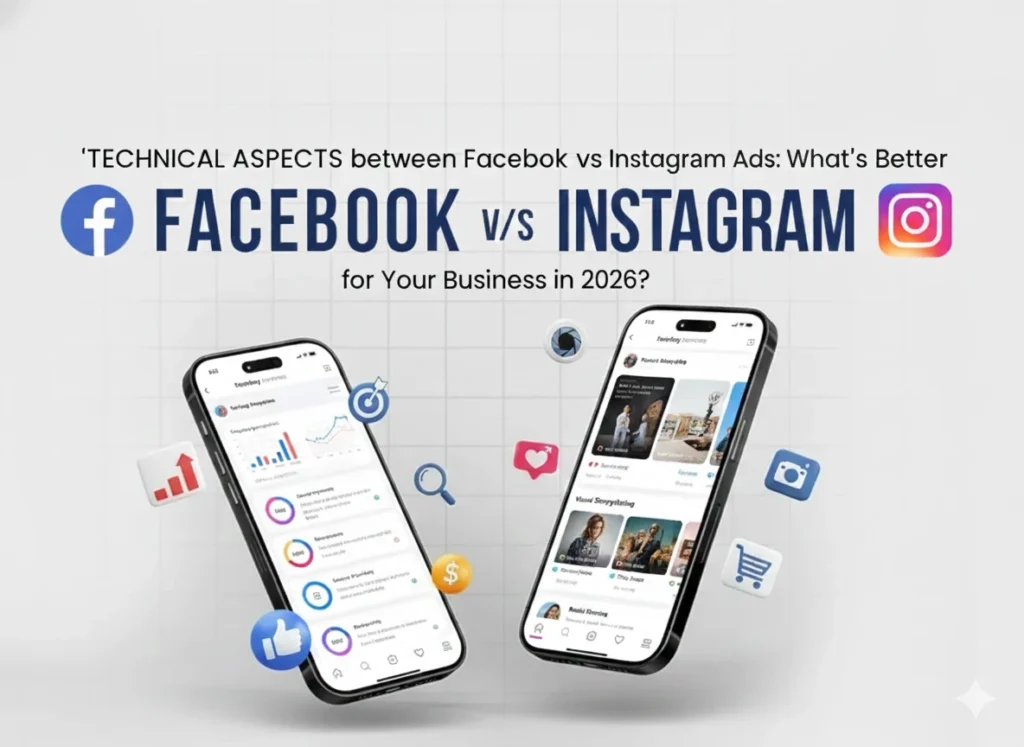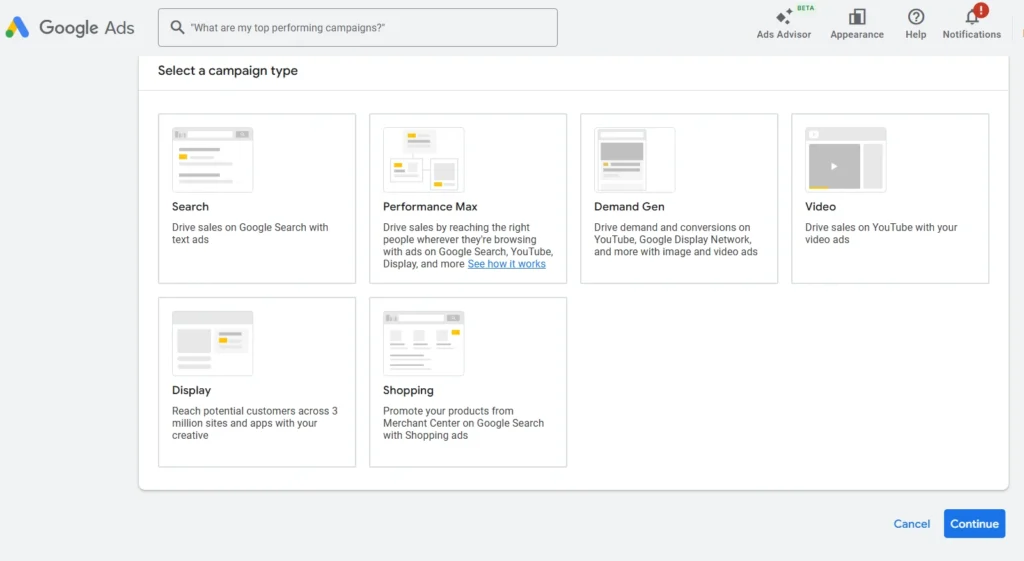Enterprise content marketing is a strategic approach used by large businesses to create and distribute valuable, consistent content to attract their target audience. Unlike traditional marketing, enterprise content marketing focuses on building long-term relationships through high-quality content, resulting in sustainable revenue growth. By aligning content with business goals, enterprises can nurture leads, enhance brand awareness, and drive conversions.
This blog will guide you through developing a revenue-focused strategy, covering key elements such as audience segmentation, content types, and platforms. We’ll also explore the costs involved, offering a complete roadmap to success.
Understanding Enterprise Content Marketing

Enterprise content marketing refers to a large-scale approach that focuses on creating highly strategic, tailored content for established brands or businesses with significant market presence. Unlike smaller companies, enterprises must handle vast audiences, multiple buyer personas, and a diverse range of products or services. This requires sophisticated planning, coordination between departments, and content that resonates with various audience segments.
While small-to-medium-sized businesses (SMBs) can rely on more straightforward strategies, such as blog posts or social media marketing, enterprises need multi-channel, data-driven campaigns. They must account for a higher volume of content, international audiences, and the integration of various marketing platforms (SEO, email, paid ads). Additionally, enterprise strategies often include automation, advanced analytics, and personalized experiences to maintain consistent engagement across all touchpoints.
The scale and complexity of enterprise content marketing make it crucial for these businesses to adopt a holistic, long-term approach. This is key to ensuring growth, brand authority, and, most importantly, consistent revenue generation.
Key Components of an Enterprise Content Marketing Strategy
1. Setting Goals
Aligning Marketing with Business Objectives
- What It Means: Establish clear, measurable goals for your content marketing efforts that support your broader business objectives. For instance, if your business goal is to increase brand awareness, your content marketing goals might include growing your social media following or generating more traffic to your website.
- Why It’s Important: Aligning content marketing goals with business objectives ensures that your efforts contribute directly to your company’s overall success and helps you measure the effectiveness of your strategy.
2. Identifying Target Audiences
Buyer Personas & Customer Pain Points
- Buyer Personas: Create detailed profiles of your ideal customers based on demographic, behavioural, and psychographic data. These personas help you understand who your content is meant for, making it more targeted and relevant.
- Customer Pain Points: Identify the specific problems or challenges your target audience faces that your content can address. Understanding these pain points helps you create content that offers solutions and resonates with your audience.
3. Content Creation & Types

Blogs, Case Studies, Webinars, Videos
- Blogs: Regularly published articles that provide valuable information, insights, or opinions related to your industry. Blogs help with SEO and establish your brand as a thought leader.
- Case Studies: In-depth analyses of how your products or services have solved problems for specific clients. Case studies build credibility and demonstrate real-world applications of your offerings.
- Webinars: Online seminars or workshops that offer educational content or product demonstrations. Webinars can engage audiences in real-time and provide opportunities for interactive learning.
- Videos: Visual content that can include tutorials, product demos, customer testimonials, or brand stories. Videos are highly engaging and shareable, making them effective for reaching and influencing your audience.
The Role of Pillar Content and Topic Clusters
- Pillar Content: Comprehensive, authoritative content on core topics that serve as the main foundation of your content marketing strategy. Pillar content is usually long-form and covers a topic in depth.
- Topic Clusters: A grouping of related content pieces that support and link back to the pillar content. Topic clusters help organize your content and improve SEO by creating a well-structured internal linking system that signals relevance and authority to search engines.
Choosing Channels and Platforms
How to Choose the Right Digital Platforms (SEO, Email Marketing, Social Media)?
Choosing the right digital platforms for your marketing efforts involves understanding where your target audience spends their time and how they prefer to consume content. Here’s how to make informed choices:
- SEO (Search Engine Optimization): SEO focuses on improving your website’s visibility in search engine results pages (SERPs). It’s crucial if you want to attract organic traffic from search engines like Google. If your target audience actively searches for information, products, or services related to your business, SEO should be a key component of your strategy. Optimize your website with relevant keywords, create high-quality content, and ensure your site is technically sound to rank higher in search results.
Check SEO Maintenance Checklist for exponential growth in 2024. - Email Marketing: Email marketing is a direct way to reach your audience with personalized messages. It’s effective for nurturing leads, promoting products, and building relationships. If you have a well-segmented email list and valuable content or offers, email marketing can drive engagement and conversions. Use email marketing to send newsletters, promotional offers, and updates that are relevant to your subscribers.
- Social Media: Social media platforms like Facebook, Instagram, LinkedIn, and Twitter are great for engaging with your audience, building brand awareness, and driving traffic to your website. Choose platforms based on where your target audience is most active. For example, LinkedIn is ideal for B2B marketing, while Instagram and TikTok are better for visual and younger demographics. Tailor your content to each platform’s strengths and user preferences.
Importance of Omnichannel Strategies
An omnichannel strategy ensures a seamless and integrated customer experience across all digital channels and touchpoints. Here’s why it’s important:
- Consistent Customer Experience: Omnichannel strategies provide a unified experience across different channels, ensuring that customers receive consistent messaging and service. This helps build trust and brand loyalty, as customers can engage with your brand through various touchpoints without experiencing fragmented interactions.
- Enhanced Customer Engagement: By being present on multiple channels, you can reach your audience where they are most active and engaged. This increases the likelihood of capturing their attention and fostering meaningful interactions.
- Better Data Insights: Omnichannel strategies allow you to gather and analyze data from various channels, providing a comprehensive view of customer behaviour and preferences. This data can help you optimize your marketing efforts and make informed decisions based on customer insights.
- Increased Conversion Opportunities: A cohesive omnichannel approach can guide customers through the buying journey more effectively. By integrating channels, you can create a smoother path to conversion, reducing drop-offs and improving overall sales performance.
Creating a Content Calendar & Workflow

Building an Efficient Team Workflow (Internal and External Resources)
An effective content calendar and workflow streamline content creation and ensure timely delivery. Start by defining roles and responsibilities within your team. Internal resources may include content creators, editors, and marketers, while external resources could involve freelancers or agencies. Establish clear processes for content ideation, creation, review, and approval to maintain consistency and quality. Regular team meetings can help align everyone’s efforts and address any challenges promptly.
Tools for Managing Content Production (e.g., Asana, Trello)
Leverage tools to manage and optimize your content production. Platforms like Asana and Trello offer robust features for tracking tasks, deadlines, and progress. Asana allows you to create detailed project plans, assign tasks, and set deadlines, while also providing features for collaboration and file sharing. Trello uses boards, lists, and cards to visually organize tasks and track workflow, making it easy to see the status of each content piece briefly. Both tools help keep your team organized, ensure deadlines are met, and maintain a smooth content creation process. By integrating these tools into your workflow, you can enhance efficiency and ensure that your content calendar is effectively managed.
Maximizing Content ROI
Maximizing content ROI involves two key strategies: repurposing content and leveraging user-generated content (UGC) and influencers. Repurposing content means adapting existing materials—like turning a blog post into social media snippets or videos—to extend its reach and effectiveness across different platforms, saving time and resources. Meanwhile, incorporating UGC, such as customer reviews and social media posts, and collaborating with influencers can amplify your content’s impact. UGC adds authentic social proof and engages your community, while influencers bring credibility and access to new audiences. Together, these strategies enhance visibility, build trust, and drive higher engagement, ultimately maximizing the return on your content investments.
Tracking Success: KPIs & Metrics
KPIs to Monitor (Lead Generation, Conversion Rates, Organic Traffic)
To effectively track the success of your content marketing efforts, focus on key performance indicators (KPIs) such as lead generation, conversion rates, and organic traffic. Lead Generation measures how well your content attracts potential customers, usually tracked through form submissions, sign-ups, or inquiries. Conversion Rates gauge how effectively your content turns prospects into customers, reflecting the percentage of visitors who complete a desired action. Organic Traffic assesses the number of visitors arriving at your site from search engines, indicating how well your content is performing in search results. Monitoring these KPIs provides valuable insights into the effectiveness of your content strategy.
How to Measure Content Impact on Revenue
Measuring the impact of content on revenue involves tracking how content contributes to sales and overall financial performance. Analyze metrics such as the customer acquisition cost (CAC) to understand how much you spend on acquiring customers through content. Attribution models can help determine which content pieces influence conversions and drive revenue. By linking content engagement with revenue outcomes, you can assess which content strategies yield the highest return on investment.
Tools for Analytics (Google Analytics, HubSpot)
Utilize analytics tools like Google Analytics and HubSpot to track and measure your content’s performance. Google Analytics provides comprehensive data on website traffic, user behavior, and conversion tracking, helping you understand how content drives visitor engagement. HubSpot offers advanced capabilities for tracking content effectiveness, including lead generation and customer relationship management (CRM) integration. Both tools offer valuable insights that can help refine your content strategy, optimize performance, and ultimately boost your ROI.
Costs Involved in Enterprise Content Marketing

Breakdown of Typical Expenses
- Content Creation: This involves costs associated with producing high-quality content, whether created in-house or outsourced. In-house content creation includes salaries for writers, designers, and multimedia specialists, while outsourcing involves fees for freelance or agency services. Outsourcing can offer expertise and scalability, but often at a higher cost compared to maintaining an internal team.
- Tools & Technology: Investing in tools and technology is essential for managing and optimizing your content marketing efforts. Content Management Systems (CMS) are necessary for publishing and organizing content, while SEO tools help improve search visibility and automation software streamlines marketing processes. These tools often require subscriptions or licensing fees.
- Distribution & Promotion: Promoting your content involves costs for paid ads, such as PPC campaigns or sponsored posts, and social media marketing, including platform-specific advertising fees. Public Relations (PR) efforts, such as media outreach or influencer partnerships, also contribute to these expenses.
- Analytics & Reporting: Measuring the success of your content marketing requires investment in analytics tools to track performance and gather insights. The cost includes subscriptions to platforms like Google Analytics or HubSpot, which provide valuable data on engagement, conversion, and ROI.
- Balancing Budget and ROI Expectations: Effectively managing content marketing costs involves balancing your budget with your ROI expectations. To achieve this, prioritize spending on areas that directly impact your goals and optimize resource allocation. Regularly assess the performance of your content and adjust your budget based on the results, ensuring that investments in content creation, tools, distribution, and analytics align with the returns you aim to achieve. By strategically managing costs and focusing on high-impact activities, you can maximize your content marketing ROI while maintaining a sustainable budget.
Common Challenges & How to Overcome Them
Balancing content quality with quantity is a major challenge; focusing on fewer but high-quality pieces ensures greater impact while avoiding content dilution. To maintain consistency across multiple channels, establish clear brand guidelines and use a content calendar to coordinate messaging, ensuring uniformity while adapting to each platform’s requirements. Adapting to the ever-changing digital landscape requires staying informed about new trends and technologies, investing in continuous learning, and leveraging analytics to adjust strategies based on performance data. By addressing these challenges with a strategic approach, you can effectively manage content production, ensure cohesive brand messaging, and remain agile in a dynamic environment.
In summary, a well-structured content marketing strategy is essential for driving business success. It ensures that your content is not only engaging and relevant but also aligned with your revenue goals and broader business objectives. By carefully planning your content, choosing the right platforms, and monitoring key performance indicators, you can maximize the impact of your marketing efforts. Remember to balance the costs associated with content creation, tools, and promotion with the expected returns. Prioritizing high-quality content that resonates with your audience and strategically managing your resources will help you achieve greater ROI and sustain long-term growth. Embrace these practices to elevate your content marketing strategy and propel your business forward.



